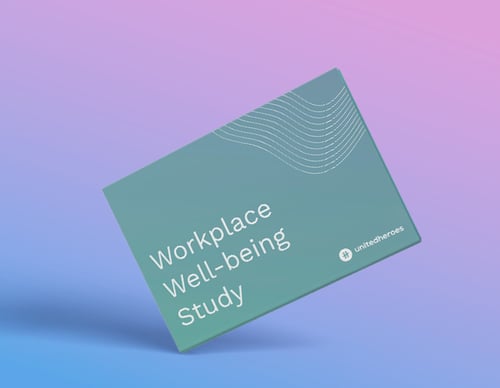
Remote working shook up businesses during the Covid-19 pandemic. At first it was seen as an obligation but it has quickly been adopted by a large number of employees : a survey by Chaire Workplace Management found that 73% of them wanted to continue working from home (WFH) (September 2020).
So whilst HR teams adapted as best they could when lockdown began in March 2020, now is the time to make the terms of this new way of working official to make it work in the long-term. Implementing a good telework strategy is seen as a priority for HR teams in 2021, as 73% of them plan to focus on building and consolidating remote working in their company according to a ANDRH survey (February 2021).
In order to put best practices into place and make remote work function in the long term, the first step towards formalising it is to define a WFH charter. From there, companies can start working on improving the staff’s workplace and maintaining sufficient cohesion between staff members thanks to remote work good practices. However, if companies do not use the right solutions and tools, it will negatively impact employees' productivity and engagement for full remote or hybrid teams.
Discover here the ultimate guide to boost your staff’s productivity, as they work from anywhere.
Create your WFH charter
One of the major success factors behind a remote working policy is co-construction.
Countless companies have wanted to make this way of working more long-term since the Covid-19 pandemic has set up the remote work trend. To avoid any issues or objections in the future, it's vital that companies make remote working official and communicate the rules to all people involved. You can't switch from a regular working model to a part or full-time WFH model without all your teams getting on board.

Rédactrice web, ex Content manager @ Sport Heroes


